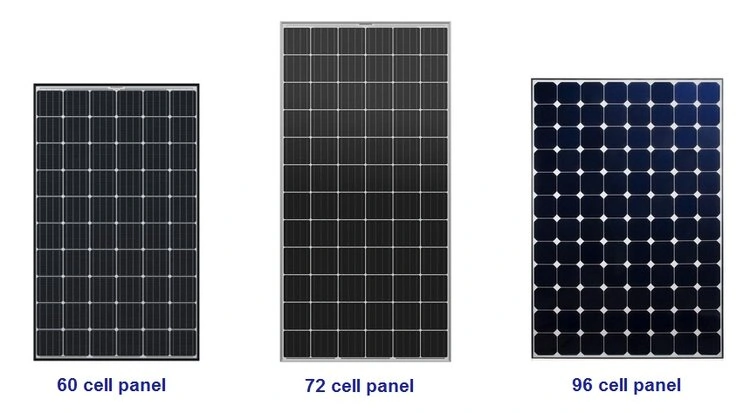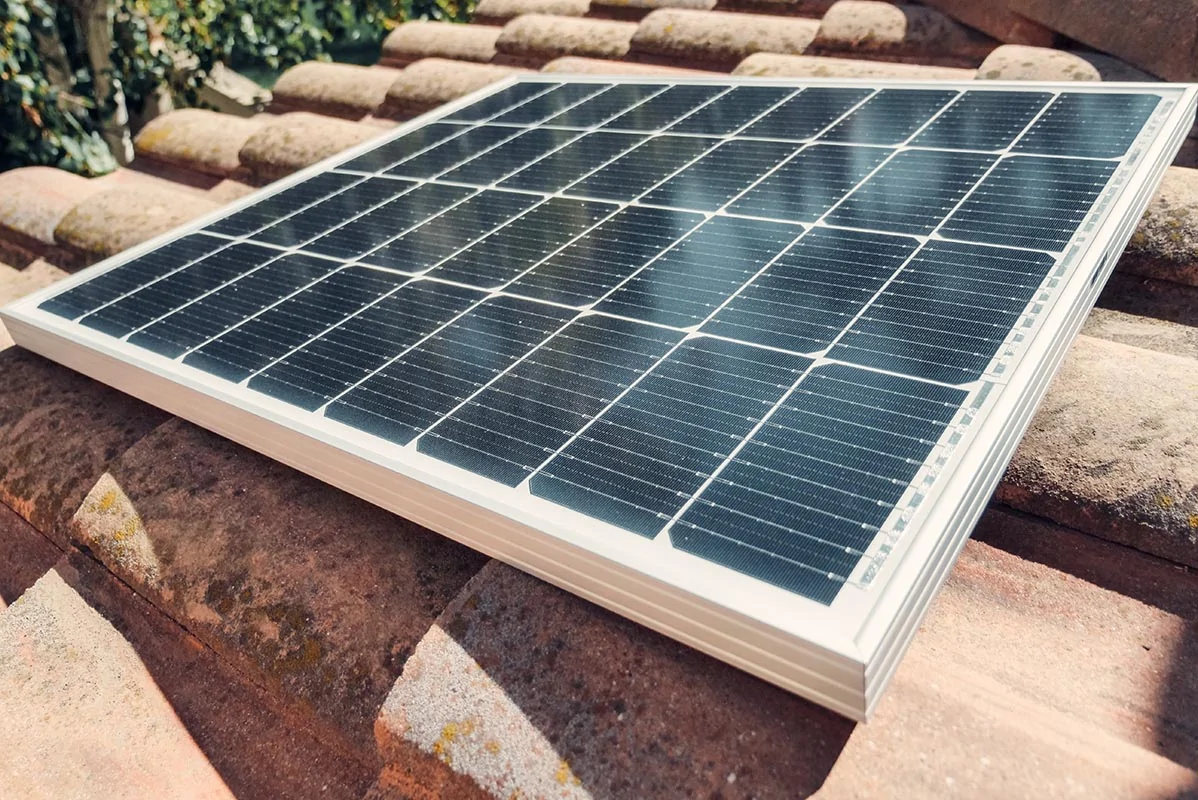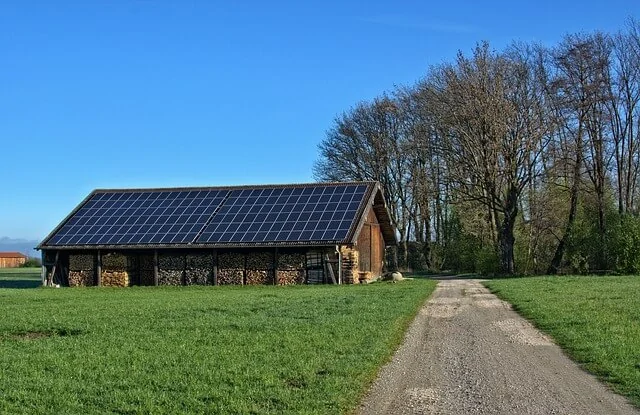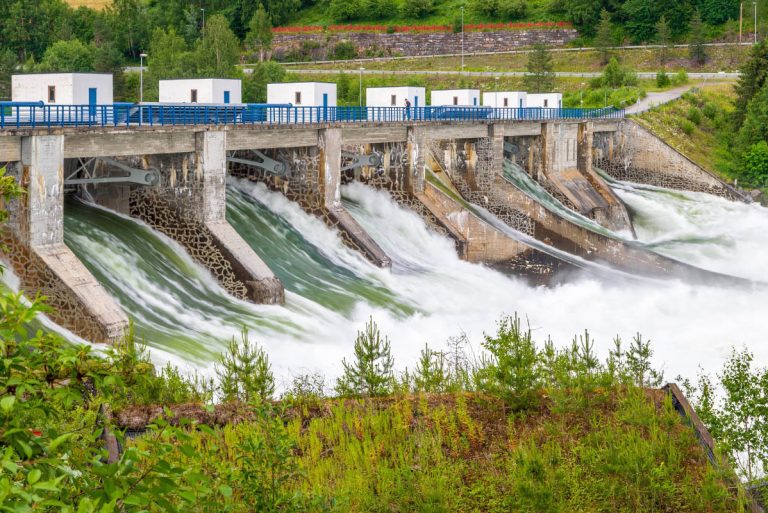It’s important to know what materials your solar panels are made from not only to have a better understanding of how they work, but also their environmental impact.
This will help you to ensure your energy use is as eco-friendly as possible.
What are solar panels made from?
A solar panel is a sophisticated piece of equipment that is made of a number of components and materials. In terms of general structure, a solar panel or solar PV module is made of solar cells, glass, EVA (ethylene vinyl acetate), a backsheet, and a frame.
The exact materials depend on the type of solar panel, the three commercially-available ones being:
- Monocrystalline solar panels
- Polycrystalline solar panels
- Thin film solar panels
Each of these involves different materials as well as manufacturing processes, although the first two have many similarities, both being types of crystalline solar panels. These kinds of solar panels are primarily made of silicon.

Crystalline silicon panels are also by far the most common, accounting for around 95% of all solar panels currently commercially available.
Mono-crystalline solar panels are made from a single silicon crystal, while polycrystalline ones are manufactured with silicon ingots containing multiple silicon crystals. The former is a more pure form of silicon which is more efficient at converting solar energy into electricity, and is more expensive than the polycrystalline variety.
The various components of solar panels are held together with EVA. The EVA needs to be high quality in order to avoid damaging the cells and to help the panels stand up to extreme weather.
On the other hand, thin film solar panels are made from amorphous silicon, which is more flexible but less efficient than even polycrystalline solar panels.
What are solar cells?
Although there are different types of solar panels, the vast majority are crystalline, made up of silicon crystalline cells. The cells are the main component part and convert the sun’s power to electricity, with dozens of cells together forming a solar panel.

Source: Wikimedia / WhistlingBird
Each solar cell is essentially a silicon wafer which is covered by semiconductors. When sunlight hits the semiconductors, it stimulates their electrons, which in turned generates electricity.
This is called the photovoltaic effect, and is the basis of solar energy. It’s also why the technical name for a solar cell is a photovoltaic (PV) cell.
In order to turn a solar cell into something that you can use to power your home appliances, a lot of other elements are required, such as wiring and protective frames and backing.
Anti-reflective coating is also needed to make it as efficient as possible at absorbing the sun’s rays.
An entire solar panel is made from a range of materials including:
- Silicon (this is the main material which forms the base for the solar cells)
- Boron to give the silicon positive polarity
- Thin glass to cover the front of the panel
- Polymer-based material backing
- Phosphorous coating for negative charge
- Anti-reflective coating usually made from silicon nitride or titanium oxide
- Plastic/polymer frame
How are solar panels produced?
Although there are a few differences between monocrystalline and polycrystalline varieties, all crystalline solar panels are manufactured in more or less the same way. Here’s a step-by-step guide to how crystalline silicon solar panels are made, as these are by far the most common type of solar panel.
Here are the key steps in the process:
1. Silicon is extracted from sand
Crystalline solar panels are made mostly of silicon, one of the world’s most abundant elements. As in other types of manufacturing, this silicon is extracted from sand as the raw material.
However, this process is more intensive and specialized compared to silicone extracted for many other products. Solar panels require high-grade, very pure silicon, typically produced from quartz and at very high temperatures in an arc furnace.
2. The silicon is melted into an ingot or “crystal”
After being extracted in the arc furnace, the silicon is the form of a solid rock. In the next step of the process, these rocks are melted together to form a cylinder-shaped ingot.

This again requires a furnace at a very high temperature, this time a steel, cylindrical furnace to create the correct shape.
At this stage of the process, boron is also added to give the silicon positive electrical polarity. This helps ensure that all atoms are aligned in the correct structure after melting.
Firing in the furnace creates a silicon ingot, either a single crystal of silicon for monocrystalline panels, or many silicon crystals melted together for polycrystalline solar panels. The latter has a characteristic “shattered glass look” from the combined crystals.
In both cases, the ingot is grinded and polished once cool to give it flat sides.
3. The ingot is sliced into discs
Next, the ingot is sliced with a precision wire saw into discs no thicker than a sheet of paper, also known as wafers. The silicon wafers are coated with anti-reflective coating to ensure as much sunlight as possible is absorbed rather than reflected off the shiny silicone.
4. Metal conductors are added
At this stage, the silicon wafer starts to become a solar panel when it is treated and metal conductors are added to the surface in a grid-like matrix. These conductors convert sunlight into electricity.

Source: Flickr / Oregon Department of Transportation
The wafer is put in an oven-like chamber and phosphorus is diffused in a thin layer over the surface. The phosphorus provides a negative electrical charge which works with the positive charge of the boron added in step two of the process.
This positive-negative charge is essential for how a PV cell functions. When sunlight hits a PV cell it stimulates the phosphorus and boron electrons, and as the electrons move around this creates a flow of electricity, which is transferred through a wire to your battery or directly to your appliances.
5. The cells are joined together to create a solar panel
At this point, we have a solar PV cell, but the cells need to be consolidated to make a solar panel. Multiple solar cells (usually between 48 and 72 cells) are soldered to a base made of a conductive metal in a matrix-like structure to make one solar panel.
A standard solar panel usually contains 60 cells, while smaller residential panels can have 48 cells, and the panels found in large-scale solar installations typically have 72 cells.

To finish constructing the solar panel, a thin 6-7mm layer of glass is fixed on the front, and a backsheet of a very durable, polymer-based material is added. These help to protect the solar cells and prevent dirt, water, or other contaminants from entering the panel.
The panel is further strengthened by adding a protective frame and junction boxes are attached to enable electrical connections. The frame protects the solar panel from impact and the elements, and can also be used to mount the panel as desired.
6. Testing
The final step of the process is to test the solar panels to make sure everything performs correctly before they leave the manufacturing facility. Typically, the panel is put in a flash tester which exposes it to 1000W/m2 irradiance, cell temperatures of 77 degrees Fahrenheit, and 1.5g air mass – this constitute standard test conditions or STC.
Each panel comes with a technical specification sheet which shows the result of these tests and shows the panel’s ratings on a range of factors including power output, current, voltage, and efficiency, as well as temperature and impact tolerance.
Every solar panel is also put through nominal operating cell temperature testing (NOCT), which is designed to emulate real world conditions. This tests the panel at 800W/m2 irradiance, an ambient temperature of 68 degrees, and 1m/s wind speed, and the ratings are also displayed on the panel’s technical specification sheet.
Once testing is complete, the solar panels are cleaned, inspected, and they’re ready to ship!
Does making solar panels damage the environment?
Obviously, the above process involves extracting raw materials and processing them at high heat, so intensive energy use. However, you can expect this energy to be recovered after a few years.
According to a study by the National Renewable Energy Laboratory, PV cells usually repay the energy used in production in less than four years. Furthermore, solar panel technology is advancing rapidly, and as PV cells become more efficient, this “energy payback” window is getting smaller.
It is also true that manufacturing PV cells uses some toxic materials and chemicals, and disposed PV cells can leach out lead when they break down.
It’s important to critically assess those who attack solar panels for not being eco-friendly. Although there are legitimate concerns around the environmental impact of solar panel manufacture, the critics of this technology are often those with vested interest in other forms of energy such as fossil fuels.
Of course, you also need to remember that building other types of power plants also has environmental impacts, as well as the additional impacts of greenhouse gas emissions in the case of coal power.
Additionally, solar technology has developed significantly over the past decades, and as part of this, the manufacturing process has become a lot less polluting. One study showed that solar panel production has shown “strong downward trends of environmental impact” between 1975 and 2015, which continues today.
Solar panel manufacturers are now vigilant about what happens at the end of their product’s lifecycle, coming up with techniques to recycle solar panel components and the panels themselves.
Supporters of solar power argue that this is a trade off between short-term impacts and long-term advantages of this form of renewable energy. It’s important to buy high-quality solar panels that are durable and long-lasting in order to strike this balance effectively.
Final thoughts
Solar panels are complex pieces of modern machinery made of a range of diverse components. Every solar panel is composed of photovoltaic cells that are made in a complicated, energy-intensive process.
In addition to dozens of PV cells, a solar panel also contains other important parts such as a glass front, protective backing, and a reinforcing frame. It’s important to understand the materials and the energy-intensive way solar panels are produced, and weigh this up against the benefits of solar power.
If you’d like to learn more about using solar energy to power your home, take a look at our guides to building your own solar system, optimal positioning for your solar panel, and the best batteries for solar.


![5 Major Types of Renewable Energy [+2 Under Development]](https://greencoast.org/wp-content/uploads/2020/12/types-of-renewable-energy-768x402.jpg)










